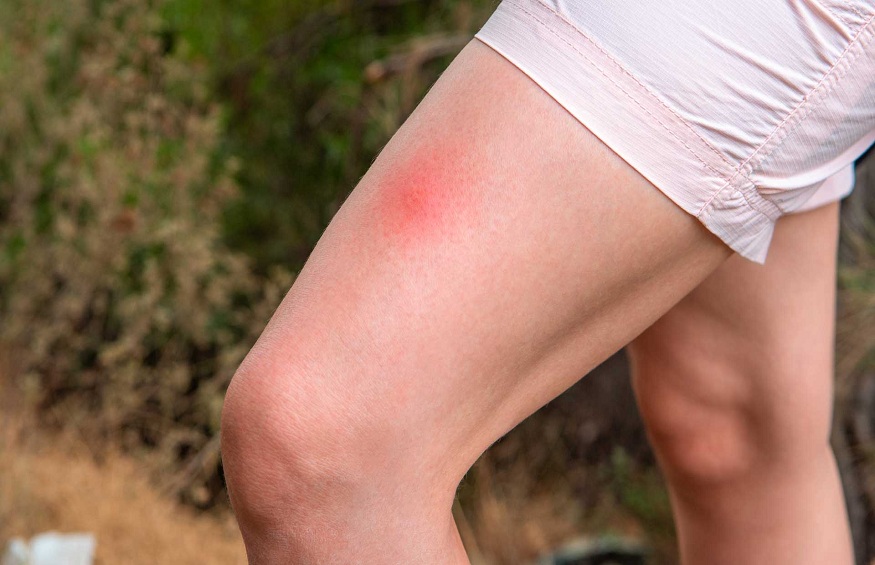Most people experience pain, redness, and swelling at the location of an insect sting. However, some people have serious reactions to bug stings and should avoid them. Their immune systems are overreacting to the venom.
If you have an allergy to insects, your body will manufacture antibodies called Immunoglobulin E after being stung even once. If stung again by the same insect, this particular IgE antibody will react with the venom, releasing chemicals that will produce a duluth stinging insect allergy reaction.
Acute reaction symptoms
Some people have severe reactions to stings because they are allergic to the venom. This adverse response is medically known as anaphylaxis (an-a-fi-LAK-sis). Two or more of the following symptoms may occur:
- Itchiness and hives
- Dizziness
- throat or tongue swelling
- Nausea
- difficulty breathing
- stomach cramp
- diarrhea.
- Shock and loss of consciousness are possible outcomes of a dramatic drop in blood pressure.
In extreme cases, anaphylaxis can be fatal. Seek immediate medical attention if you experience these signs after being stung by an insect. To learn more about how to protect yourself in the future, talk to an allergist/immunologist after this therapy.
Learning to recognize stinging insects is crucial for staying safe around them.
- Nests of yellow jackets are papery structures typically found underground, though they have also been seen in the crevices of brickwork, woodpiles, and timber frame structures.
- Honeybees and bumble bees are peaceful insects that will only sting if threatened. While most bees are harmless, Africanized honeybees (sometimes known as “killer bees”) in the Southwestern United States can be aggressive and sting in large groups. Wild honeybees construct their colonies, or “honeycombs,” in tree hollows or building voids, while domestic honeybees reside in artificial hives.
- The paper-like substance used to construct a paper wasp’s nest folds outward to reveal a circular comb of cells. Nests can be found in a variety of places, including beneath eaves, behind shutters, in bushes, and even in woodpiles.
- Yellow jackets tend to be smaller than hornets. Their nests resemble the paper used by yellow jackets and can be either gray or brown in color. Nests of hornets can be spotted high up in trees, bushes, eaves, and tree cavities.
- Stinging-Insect Species Recognition
Avoiding insects
Keep away! Nests should be destroyed since the insects are more likely to sting if they feel threatened in their homes.
Stay cool and carefully back away if you see stinging insects in the air. Wearing bright colors or scented perfume outside is a bad idea. Be wary of attracting mosquitoes and other biting insects when eating or drinking anything delicious outside. Watch out for bugs lurking in your drinking straws and cans. Never go without a lid when storing food. When going outside, you should always wear shoes with closed toes. Wearing baggy clothing that can entrap insects between layers of fabric and your skin is also discouraged.



